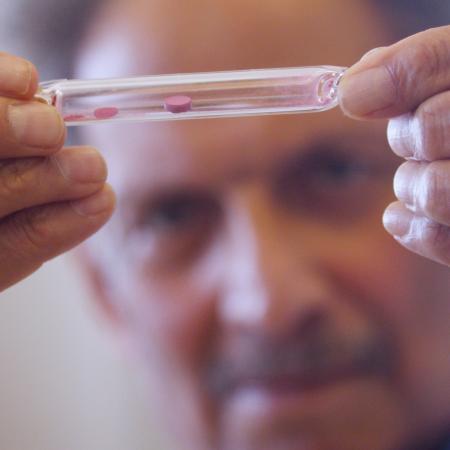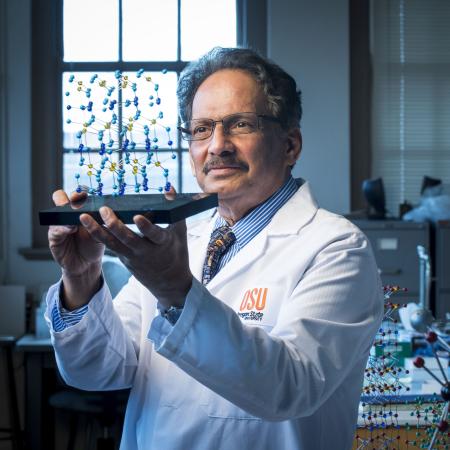A team of chemists have discovered a cytotoxic ring-expanded isomer by enantioselectively synthesizing mandelalide A and isomandelalide A. Or, as Chemistry Department Chair Rich Carter puts it: “We take inspiration from nature, then through a lot of perspiration, we make chemical compounds to better understand the biology.”
In this case, Carter’s team discovered how to create isomandelalide, enabling scientists to study the biology they can’t understand from the natural-occurring, but scant compound mandelalide, which allows scientists to perform preliminary evaluation of biological properties. Isomandelalide is more stable and has comparable biological properties, a huge asset for scientists studying disease, specifically cancer, and its impact on human health. Specifically, collaborator and OSU pharmacy professor Jane Ishmael found that the cytotoxic effects of the compounds were effective in treating human cancer cells, especially lung cancer and types of malignancies in embryos.




